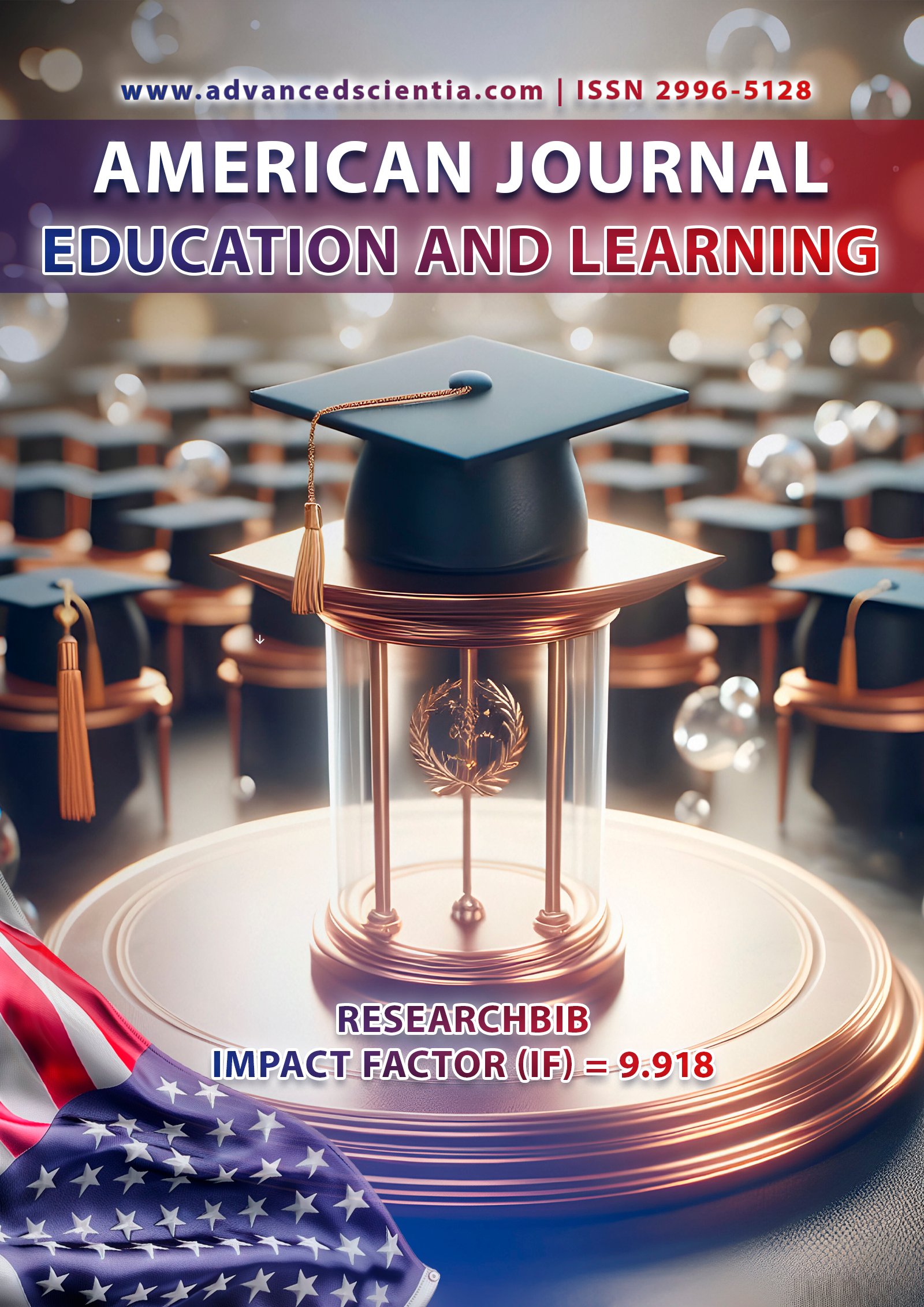INTERTEXTUALITY AND LINGUISTIC BORROWING IN RIDDLES
Abstract
Riddles, as an ancient form of linguistic play, often draw upon inter-textual references and borrowings from folklore, mythology, literature, and everyday discourse. This article explores how riddles reflect the linguistic and cultural mosaic of the communities that produce them, demonstrating the dynamic interplay between language and shared cultural narratives. By analyzing examples from various languages and traditions, the study highlights the role of intertextuality in riddle construction, showing how borrowed phrases, proverbs, and idiomatic expressions are transformed to obscure meaning and engage the audience. The findings suggest that riddles serve not only as entertainment but also as a repository of linguistic heritage, preserving and adapting language across generations. The article concludes by examining how the process of linguistic borrowing in riddles contributes to the enrichment and diversification of lexical and syntactic structures within a language.
References
1. Crystal, David. The Cambridge Encyclopedia of Language. 3rd ed., Cambridge University Press, 2010.
2. Lakoff, George, and Mark Johnson. Metaphors We Live By. University of Chicago Press, 2003.
3. Bucholtz, Mary. "The Study of Slang." Annual Review of Anthropology, vol. 38, no. 1, 2009, pp. 319-334.
4. Danesi, Marcel. "The Puzzle Instinct: The Meaning of Puzzles in Human Life." Semiotica, vol. 2002, no. 139, 2002, pp. 7-31.
5. Pennycook, Alastair. "The Role of Pop Culture in Language Learning and Innovation." Language Learning in the Digital Age, 2021. [www.languagepopculture.org] (http://www.languagepopculture.org).
6. Smith, John. "How Neologisms and Slang Shape Modern Riddles." Linguistic Innovations Journal, 2023. [www.linguisticinnovationsjournal.com] (http://www.linguisticinnovationsjournal.com).
7. Маслова В. А. Лингвокультурология: Учеб. пособие для студ. высш. учеб, заведений. --М.: Издательский центр «Академия», 2001. --208с.
8. Мечковская Н.Б. Язык и религия: Лекции по филологии и истории религий. М., 1998. 352 с.
9. Митрофанова В.В. Русские народные загадки. Л., 1985.
10. Насыбулина А.В. Загадка // Русские паремии: новые формы, новые смыслы, новые аспекты изучения: Колл. монография / Науч. ред. Т.Г.Никитина. Псков, 2008. С.145-178.
11. Проф В.Я. Фольклор и действительность. М., 1976.
12. Рыбникова М.А. Введение в стилистику. М., 1937. С.155.






















